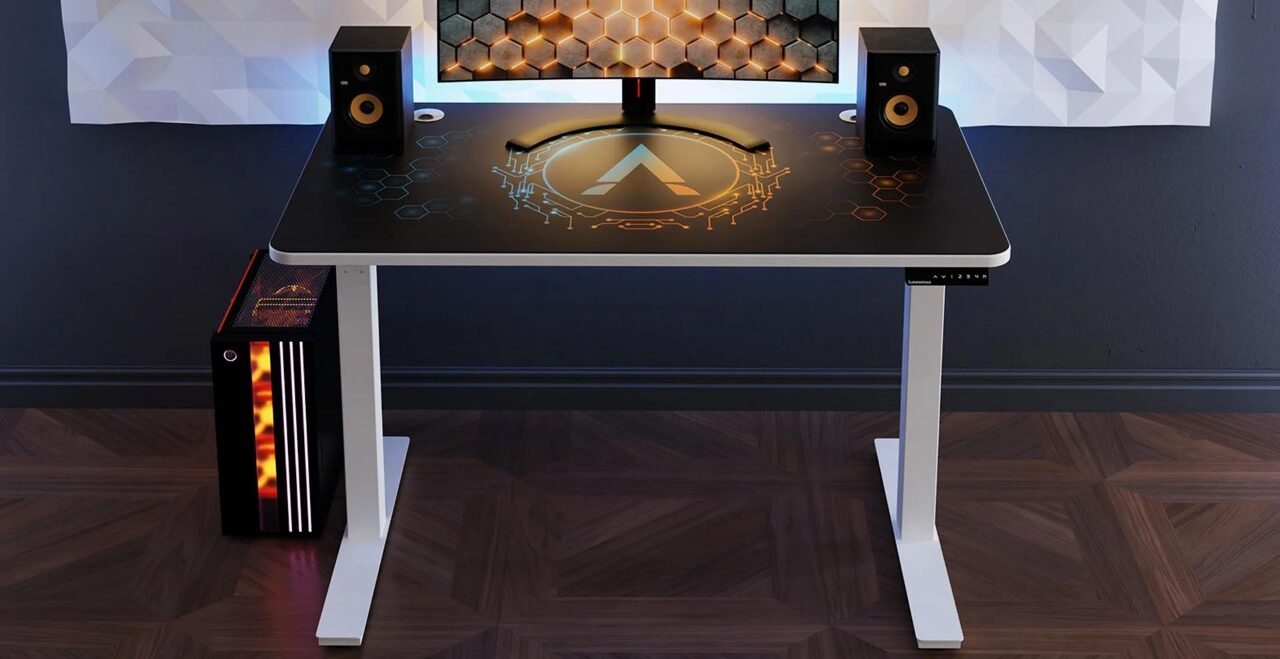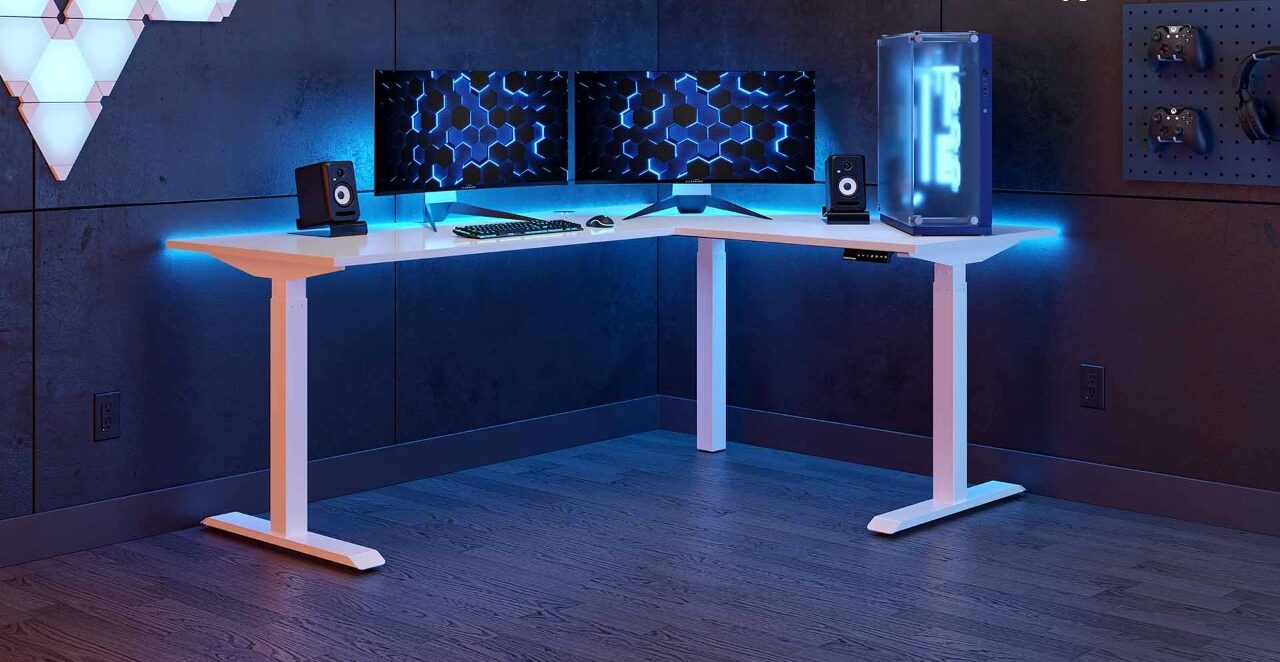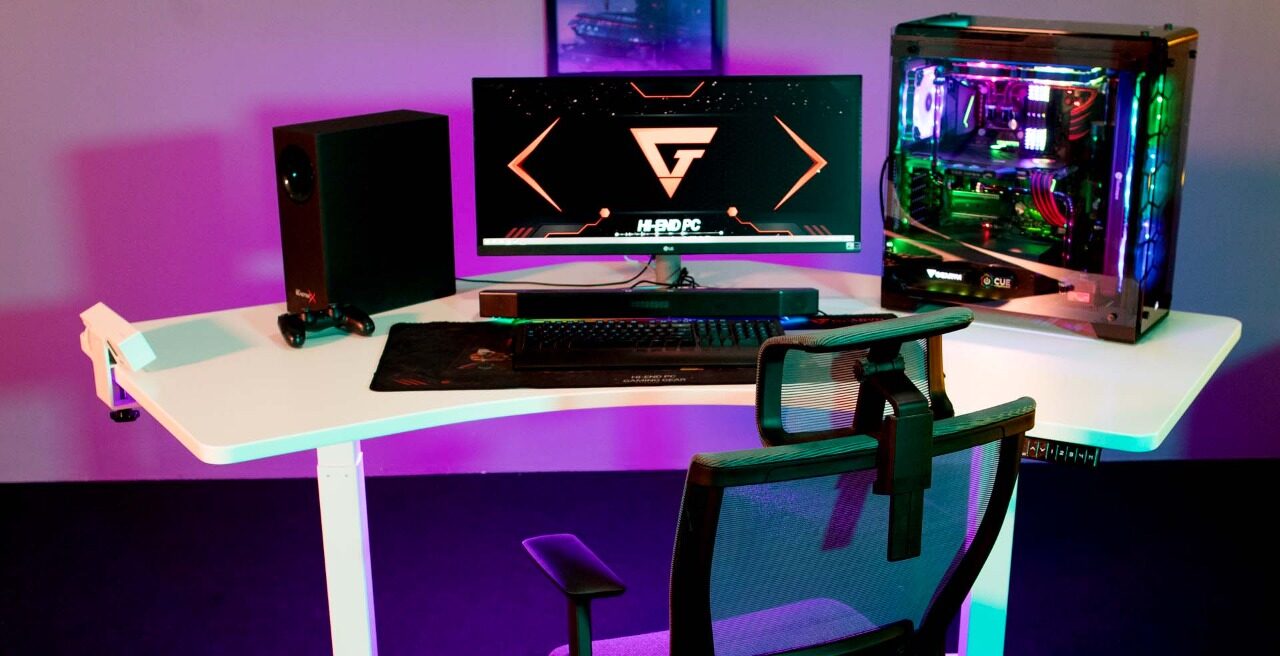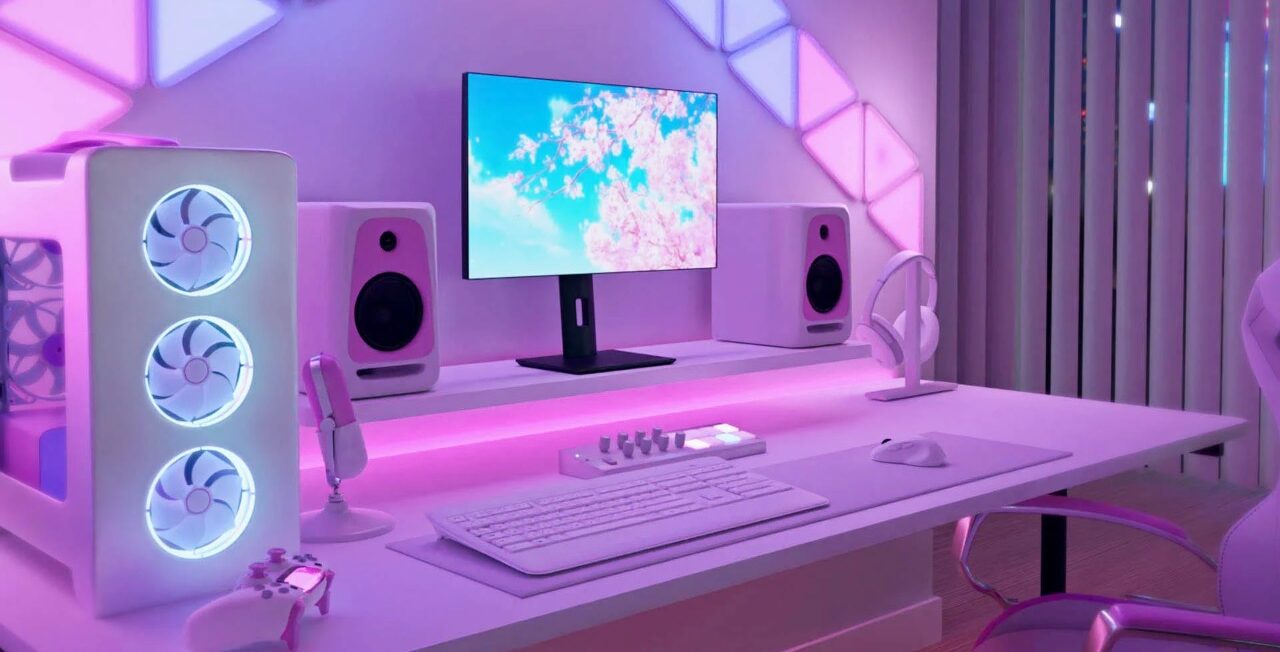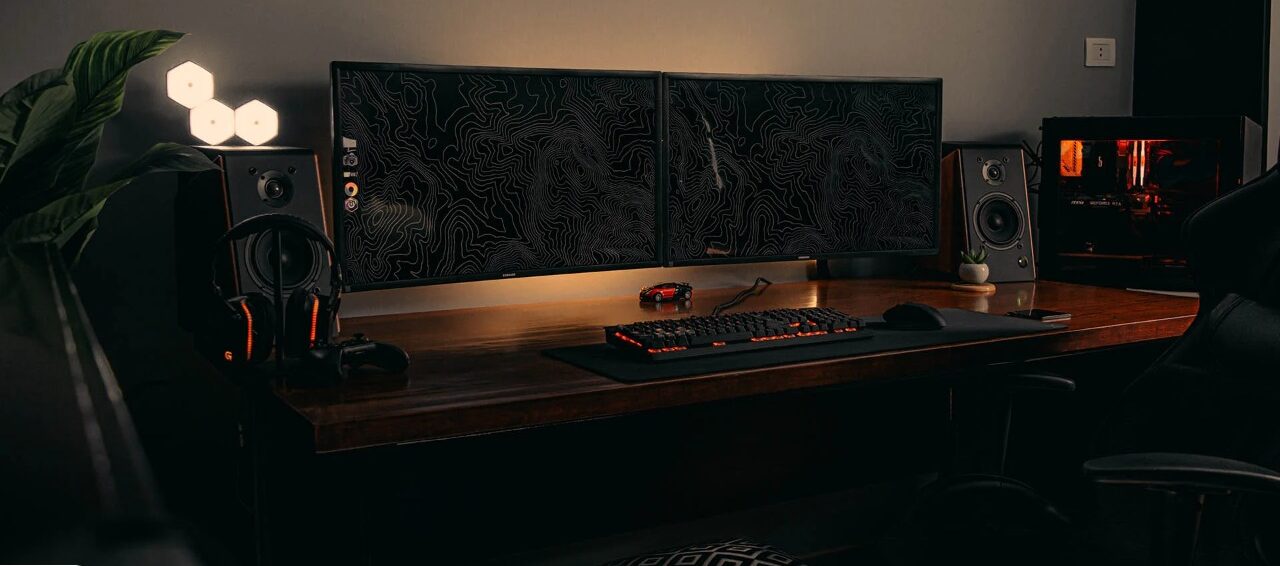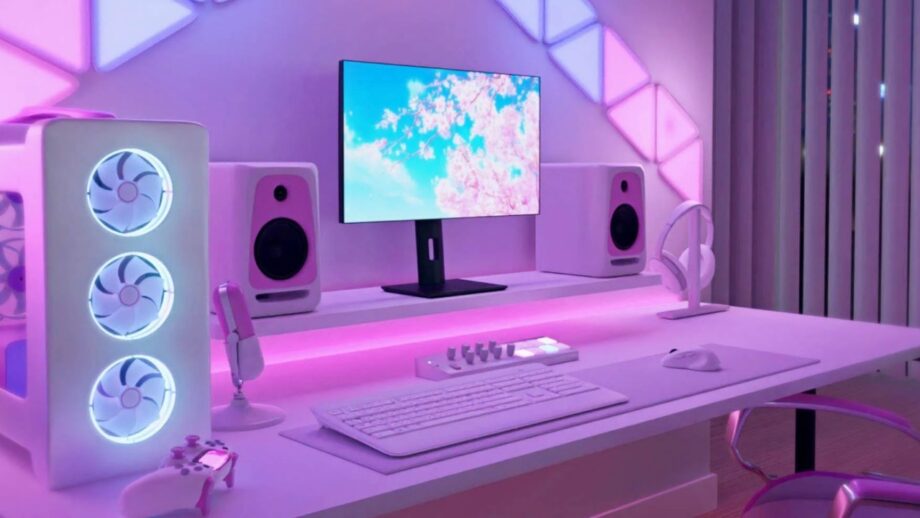It’s never acceptable to say, “It’s only a game,”, especially at the professional level. To hone their abilities, pick up a few techniques, or just be inspired, amateur gamers from across the world check in to watch their online gaming idols live games on YouTube and other social media sites. The rise of gamer vlogs also sheds light on how these industry professionals set up their setup. You could believe that all it takes to be the greatest is competence, but the tools and surroundings you work in matter a lot. In this comprehensive guide to a pro gaming PC setup, we examine why all this information is necessary, what you actually need, and the ideal configuration for it all.
Here is the ideal large gaming setup for ardent enthusiasts, skilled competitors, and experts. Although we already provided you with a general concept of what you require, this article goes into further detail and offers advice on how to choose the best solutions. In addition, we offer some great product suggestions throughout the article to help you know where to start your search.
First Step: The Desk
A large gaming system is useless without a reliable, fashionable base. The desk you use serves as the centerpiece of the space and has the power to drastically alter the look. Here are some of the most largely used choices: Standing desks and corner desks
Second Step: The Chair
The famous gaming chair must be mentioned when talking about the greatest gaming settings. Forget about your standard office chair; these designs are cutting edge. These professional gamers’ accessories are specially made for long-lasting comfort and support. Most of them feature ergonomic designs, which you should value highly if you want to take care of your body. To reduce strain and suffering, ergonomic chairs emphasize muscle relaxation and postural assistance. Gaming chairs come in a broad variety of styles.
Third step: The Monitor
Of course, the display is important because it serves as your entry point to gaming. It doesn’t really matter if you work with one person or two; the most important thing is the quality of the screen. You want one with good graphics and a fair-sized screen. Professional gamers prefer screens larger than 25 inches, with refresh rates among the most crucial aspects (to avoid dreaded lagging). Along with the screen’s design, additional features to check for and compare various models include resolution and pixel density.
